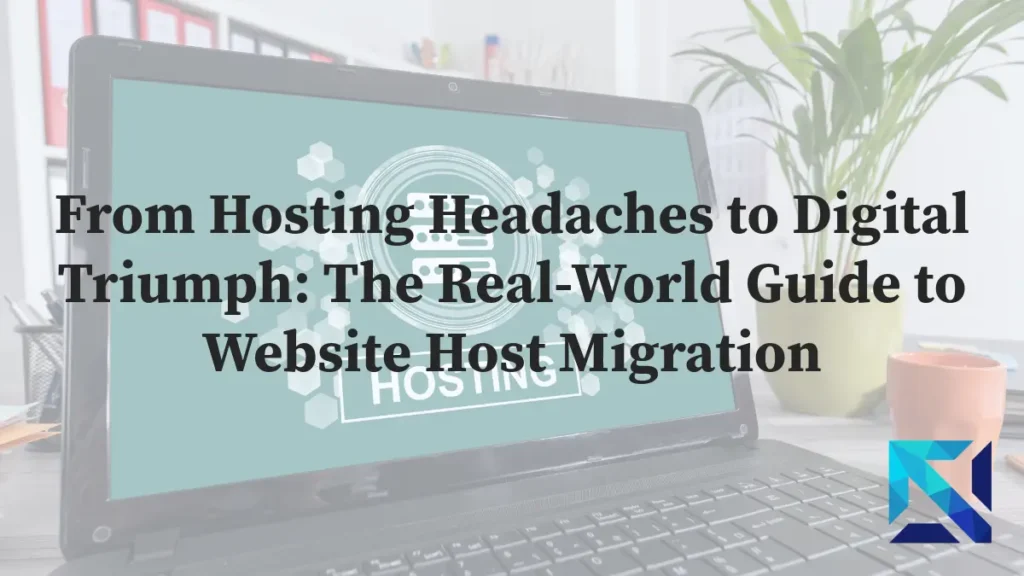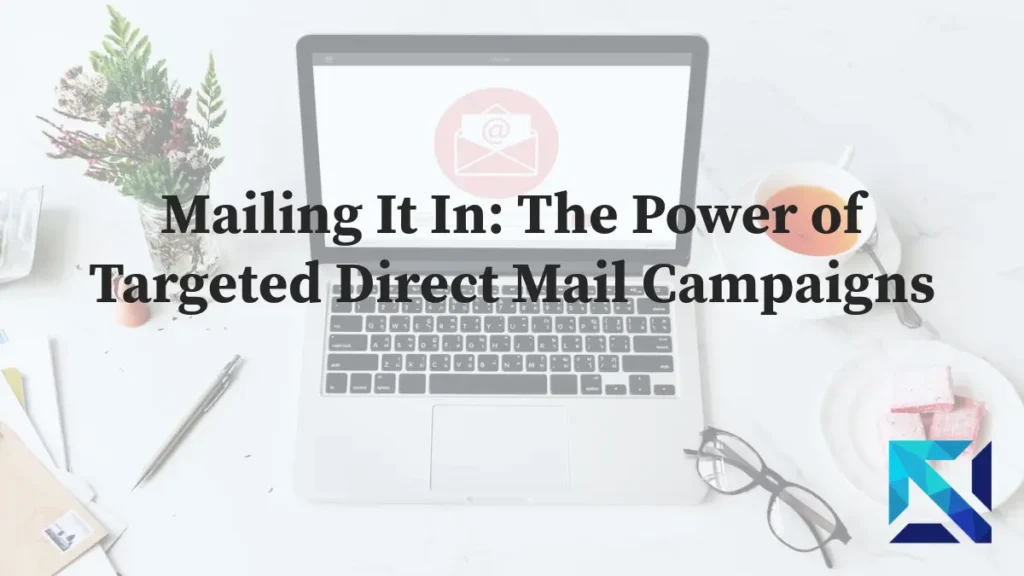In the digital marketing landscape, SEO and PR are often viewed as separate entities. So what is a SEO PR Strategy?!
Yet, when combined, they can create a powerful synergy that amplifies your brand’s online presence.
This article aims to guide you through the process of integrating SEO and PR strategies. It will provide actionable insights and a step-by-step guide to creating a synergy between these two disciplines.
Whether you’re a digital marketer, SEO specialist, PR professional, or a business owner, this guide will be beneficial.
By the end of this article, you’ll understand how to leverage the synergy between SEO and PR to maximize your online visibility and reputation management.
Understanding the Individual Roles of SEO and PR
Before we delve into the synergy between SEO and PR, let’s first understand their individual roles.
SEO, or Search Engine Optimization, is a digital marketing strategy aimed at improving a website’s visibility on search engines. It involves optimizing a website’s content and structure to make it more attractive to search engines.
On the other hand, PR, or Public Relations, is a communication strategy used to manage the public image of a brand or individual. It involves creating and distributing valuable content to earn public interest and trust.
While SEO focuses on improving online visibility through search engines, PR concentrates on building a positive reputation through effective communication.
However, these two disciplines are not mutually exclusive. In fact, when integrated, they can significantly enhance a brand’s online presence and reputation.

What is the SEO PR?
SEO PR, referred to as Search Engine Optimization Public Relations, is the strategic practice of combining SEO techniques with traditional PR tactics to achieve the following:
Increase website traffic: By leveraging PR activities, you can generate backlinks to your website from high-authority websites. These backlinks are a major ranking factor for search engines and can significantly improve your website’s visibility in search results.
Boost brand awareness: Effective PR campaigns can get your brand mentioned in news articles, social media posts, and other online platforms. This exposure increases brand awareness and can lead to more people visiting your website.
Improve search engine ranking: SEO PR strategy focuses on creating content that is not only informative and engaging for users but also optimized for search engines. This includes incorporating relevant keywords, meta descriptions, and proper website structure. When your content ranks higher in search results, it’s more likely to be seen by potential customers.
Build relationships with key influencers: PR often involves building relationships with journalists, bloggers, and other online influencers. These relationships can be leveraged to promote your content and website, ultimately leading to more organic traffic and improved search engine ranking.
The Strategic Importance of SEO PR Integration
The integration of SEO and PR strategies is crucial for a cohesive online strategy. This is because both disciplines aim to increase a brand’s visibility and credibility, albeit through different channels.
SEO increases visibility by improving a website’s ranking on search engine results pages. This is achieved through keyword optimization, backlink building, and creating high-quality content that search engines deem valuable.
PR, on the other hand, increases visibility by earning media coverage and fostering positive relationships with the public. This is achieved through press releases, media relations, and crisis management.
When integrated, SEO and PR can amplify each other’s efforts. For instance, a well-crafted press release can earn media coverage, which can lead to high-quality backlinks. These backlinks can improve a website’s SEO, leading to higher search engine rankings.
In turn, a high-ranking website can enhance a brand’s credibility, making it easier for PR professionals to earn media coverage. Thus, the synergy between SEO and PR can lead to a virtuous cycle of increased visibility and credibility.
How SEO Amplifies PR Efforts
SEO can significantly amplify PR efforts by increasing online visibility. This is achieved through the strategic use of keywords and high-quality content that search engines deem valuable.
When a PR piece, such as a press release or a blog post, is optimized for search engines, it can rank higher on search engine results pages. This can lead to increased traffic to the website, which can boost the brand’s visibility and credibility.
Moreover, SEO can help PR professionals target their efforts more effectively. By understanding what keywords their target audience is searching for, PR professionals can craft messages that resonate with their audience.
Additionally, SEO can help PR professionals measure the success of their efforts. By tracking keyword rankings and website traffic, PR professionals can gain insights into what works and what doesn’t in their PR strategies.
In essence, SEO can amplify PR efforts by increasing visibility, targeting efforts more effectively, and providing measurable results.
PR’s Contribution to SEO: Building Authoritative Backlinks
Public Relations (PR) plays a crucial role in SEO by building authoritative backlinks. These are links from other websites that point back to your site.
Backlinks are a key factor in how search engines rank websites. When a site has many high-quality backlinks, search engines view it as more authoritative and trustworthy. This can lead to higher rankings in search results.
PR activities such as press releases, guest posts, and media coverage can generate these valuable backlinks. When a reputable site links to your content, it boosts your site’s authority in the eyes of search engines.
Moreover, PR professionals can use their relationships with journalists and influencers to earn high-quality backlinks. This can significantly enhance a brand’s SEO performance.
In conclusion, PR’s role in building authoritative backlinks is a vital aspect of SEO strategy. It can significantly improve a site’s ranking and visibility in search engine results.
Crafting PR Content with SEO in Mind
Creating PR content with SEO in mind is a strategic move. It involves using keyword research to guide the creation of press releases, blog posts, and other PR materials.
Keyword research helps identify the terms and phrases your target audience uses when searching online. By incorporating these keywords into your PR content, you can increase its visibility in search engine results.
However, it’s important to use keywords naturally and sparingly. Overuse of keywords, known as keyword stuffing, can lead to penalties from search engines.
In addition to keywords, consider SEO-friendly formatting. This includes using headers, bullet points, and short paragraphs to make content easy to read.
In summary, crafting PR content with SEO in mind can significantly boost your online visibility. It’s a strategy that combines the persuasive power of PR with the technical advantages of SEO.
Aligning PR Goals with SEO Objectives
Aligning PR goals with SEO objectives is crucial for a unified approach. PR goals often include increasing brand awareness, managing reputation, and building relationships. SEO objectives, on the other hand, focus on improving search engine rankings, driving organic traffic, and increasing online visibility.
To align these goals, start by identifying common ground. SEO PR aims to increase brand visibility and credibility. Therefore, strategies that achieve these outcomes can serve both disciplines.
For instance, a PR campaign that generates media coverage can build brand awareness. If the coverage includes backlinks to your website, it also supports SEO by improving your site’s authority and rankings.
In conclusion, aligning PR goals with SEO objectives requires a clear understanding of each discipline’s goals. It also requires collaboration and communication between the PR and SEO teams.

The Role of Content Marketing in SEO and PR
Content marketing plays a pivotal role in bridging SEO and PR. It involves creating and sharing valuable content to attract and engage a target audience. This content can be leveraged for both SEO and PR purposes.
For SEO, quality content is a key ranking factor. Search engines favor content that is relevant, informative, and engaging. By creating such content, you can improve your site’s search engine rankings.
For PR, content is a tool for storytelling. It helps to shape the public perception of your brand. By sharing compelling stories, you can build a positive brand image and foster stronger relationships with your audience.
In essence, content marketing serves as a common ground for SEO and PR. By creating quality content that serves both SEO and PR objectives, you can maximize the impact of your digital marketing efforts.
Leveraging Social Media for SEO PR Synergy
Social media is a powerful tool for SEO-PR synergy. It provides a platform for sharing content, engaging with audiences, and building brand visibility.
For SEO, social media can drive traffic to your website. By sharing links to your content, you can increase your site’s visibility and attract more visitors.
For PR, social media is a channel for direct communication with your audience. You can use it to share news, respond to queries, and manage your brand’s reputation.
Moreover, social media can amplify the reach of your PR efforts. By sharing your PR content on social media, you can reach a wider audience and generate more buzz around your brand.
In conclusion, social media is a valuable asset for SEO-PR integration. By leveraging it effectively, you can enhance your online visibility and reputation management.
Measuring the Success of Your Integrated Campaigns
Measuring the success of your integrated SEO-PR campaigns is crucial. It helps you understand the effectiveness of your strategies and make necessary adjustments.
One way to measure success is through analytics. Tools like Google Analytics can provide insights into your website’s traffic, user behavior, and conversion rates.
For PR, you can track media coverage, brand mentions, and audience engagement. These metrics can give you a sense of your PR efforts’ impact on your brand’s visibility and reputation.
In conclusion, regular monitoring and analysis of your campaign’s performance can guide your SEO-PR synergy toward success.
What is PR link building in SEO?
PR link building is a specific technique within SEO PR that focuses on acquiring high-quality backlinks to your website through public relations efforts. Backlinks are essentially links from other websites that point back to yours. Search engines consider backlinks a sign of trust and authority, which can significantly improve your website’s ranking in search results.
What are PR backlinks?
PR backlinks are high-quality backlinks acquired through public relations efforts. These backlinks are links from other reputable websites that point back to your site.
They are considered a sign of trust and authority by search engines, which can positively impact your website’s ranking in search results.

Here’s how PR link building works:
Create newsworthy and valuable content: The foundation of SEO PR link building is creating content that is informative, engaging, and newsworthy. This could include industry reports, research studies, infographics, or unique data visualizations. High-quality content attracts the attention of journalists, bloggers, and other online influencers.
Media outreach and pitching: Once you have compelling content, PR professionals reach out to journalists, bloggers, and influencers who might be interested in covering your story. The pitch should highlight the newsworthiness of your content and how it can benefit their audience.
Secure backlinks in editorial content: If your pitch is successful, the influencer may mention your website and include a link back to your content in their article, social media post, or other online content. These backlinks are valuable because they come from trusted sources and can significantly boost your website’s authority in the eyes of search engines.
Benefits of PR Link Building:
High-quality backlinks: PR link building helps you acquire backlinks from relevant and reputable websites. These links are more valuable than backlinks from random websites and have a greater impact on your search engine ranking.
Improved brand awareness: When influencers mention your website in their content, it increases brand awareness and drives more organic traffic to your site.
Credibility and trust: Backlinks from trusted sources can enhance your website’s credibility and establish you as an authority in your industry.
Long-term SEO benefits: PR link building is a sustainable SEO PR strategy that can deliver long-term benefits for your website’s ranking and overall online presence.
Here are some additional points to consider:
SEO PR link building is a long-term strategy. Building relationships with influencers and securing high-quality backlinks takes time and effort.
Not all media coverage results in backlinks. However, even brand mentions without backlinks can still be valuable for brand awareness.
Building a strong online reputation is crucial. Journalists and influencers are more likely to link to websites with a positive reputation.
How do I create a PR plan?
To create a PR plan, you should follow these steps:
1. Set clear objectives: Define what you want to achieve with your SEO PR plan, whether it’s increasing brand awareness, managing reputation, or launching a new product.
2. Identify your target audience: Understand who you want to reach with your PR efforts, including demographics, interests, and preferred communication channels.
3. Develop key messages: Create compelling and consistent messages that resonate with your target audience and align with your brand values.
4. Choose PR tactics: Select the PR tactics that will help you achieve your objectives, such as media relations, content creation, events, or influencer partnerships.
5. Set a budget: Determine how much you can allocate to your PR activities, considering costs for media outreach, content creation, and other PR initiatives.
6. Create a timeline: Establish a timeline for your PR plan, including key milestones, deadlines, and campaign durations.
7. Measure success: Define metrics to track the effectiveness of your SEO PR plan, such as media coverage, brand mentions, audience engagement, and website traffic.
By following these steps, you can create a comprehensive PR plan that aligns with your business goals and helps you build a positive brand image.
Best Practices for SEO and PR Collaboration
Collaboration between SEO and PR teams is key to a successful integrated strategy. Open communication and shared goals can foster a productive working relationship.
One best practice is to align PR pitches with SEO content calendars. This ensures that PR activities support SEO efforts and vice versa.
Another practice is to leverage PR to build relationships with industry influencers and journalists. These relationships can lead to high-quality backlinks, boosting your SEO.
In addition, it’s important to maintain a clear and consistent brand voice across all SEO and PR content. This consistency enhances your brand’s credibility and trustworthiness.
Lastly, a collaborative culture between SEO and PR teams can lead to innovative strategies that maximize the benefits of both disciplines.
How do I create a PR message?
Creating a SEO PR message involves crafting a newsworthy and concise piece of information to grab the attention of journalists and media outlets. Here's a breakdown of the key steps:
Define Your Goals: What do you want to achieve with your PR message? Is it brand awareness, promoting a new product, or managing a crisis?
Identify Your Target Audience: Who are the journalists and media outlets most likely to be interested in your story? Tailor your message to resonate with them.
Craft a Newsworthy Angle: What makes your story interesting and relevant to the audience? Highlight unique aspects or benefits.
Keep it Short and Sweet: Journalists are busy. Get to the point quickly in a clear and concise message.
Include Key Information: Who, what, when, where, why, and how? Briefly answer these essential questions in your message.
Offer Credibility: Back up your claims with data, statistics, or quotes from experts.
Strong Call to Action: Tell journalists what you want them to do next, like contacting you for an interview or visiting your website.
Proofread and Edit: Ensure your message is polished, free of errors, and grammatically correct.
What are the PR tools?
PR tools come in two main categories: traditional tools and digital PR tools.
Traditional PR Tools:
Press releases: Formal announcements sent to journalists to generate media coverage.
Media kits: Electronic folders containing press releases, background information, and other assets for journalists.
Press conferences: Events where companies or organizations make announcements directly to the media.
Backgrounders: Detailed documents providing in-depth information on a specific topic or issue.
Media relations management (MRM) software: Helps PR professionals manage relationships with journalists and media outlets.
Digital PR Tools:
Media monitoring tools: Track online mentions of your brand or industry to identify potential media opportunities.
Influencer marketing platforms: Connect with social media influencers to promote your brand or message.
Social media management tools: Schedule and publish content across social media platforms, and track engagement.
SEO tools: Improve your website's search engine ranking to increase organic visibility and brand awareness.
Graphic design tools: Create high-quality visuals to enhance your press releases and other PR materials.
The best PR tools for you will depend on your specific needs and budget
How do I publish my PR?
There are two main ways to publish your PR message:
Direct Outreach:
Identify journalists or media outlets relevant to your story.
Craft a personalized pitch email highlighting your newsworthy angle and why it's interesting to their audience.
Include your PR message (often in the form of a press release) and contact information.
PR Distribution Services:
These online platforms offer wider distribution of your press release to a network of journalists and media outlets.
They can be free or paid, depending on the service and targeting options.
Additional Tips:
Follow up: If you don't hear back from a journalist after a few days, send a polite follow-up email.
Social media: Share your press release on your social media channels to amplify your reach.
Website: Publish your press release on your website in a dedicated media section for easy access.
What is PR in website?
Your website can be a powerful tool in your PR strategy. Here are two main ways to think about PR on a website:
Using your website to showcase your brand and achievements:
About Us: Tell your story, mission, and values. Include awards, partnerships, or other positive mentions.
News & Press Releases: Publish your press releases here and make them easily accessible to journalists and visitors.
Case Studies & Testimonials: Showcase successful projects or positive customer experiences to build trust and credibility.
Blog: Publish informative and engaging content that positions you as a thought leader in your industry.
Optimizing your website for positive online PR:
Strong SEO: A well-optimized website with relevant content increases organic visibility and attracts positive attention.
Positive User Experience: A user-friendly website with clear navigation and fast loading speeds creates a good impression of your brand.
Engaging Content: High-quality content that informs, entertains, or solves problems can generate positive word-of-mouth and social media shares.
By using your website strategically, you can control the narrative about your brand and influence how the public perceives you online.
what does high pr SEO authority links mean?
High PR SEO authority links refer to backlinks coming from websites with strong reputations and established authority in search engines. These links are like votes of trust for your website, potentially boosting your own SEO ranking in a few ways:
Passing Link Juice: Backlinks are seen as a way for websites to pass on authority, or "link juice," to other sites they link to. High authority links carry more weight and can significantly impact your ranking.
Improved Credibility: Search engines consider links from trusted websites as a signal that your content is valuable and relevant. This can enhance your website's overall credibility in their eyes.
Increased Traffic: High authority websites often have established traffic themselves. Earning a link from them can drive valuable visitors to your site who are potentially interested in your content.
However, it's important to note that "PR" in this context doesn't directly correspond to traditional Public Relations (PR). While a high-profile website mentioning you might be great PR, it wouldn't necessarily translate to a high SEO authority link.
Focus on acquiring backlinks from relevant websites with strong domain authority (DA) and good reputations in your niche.




